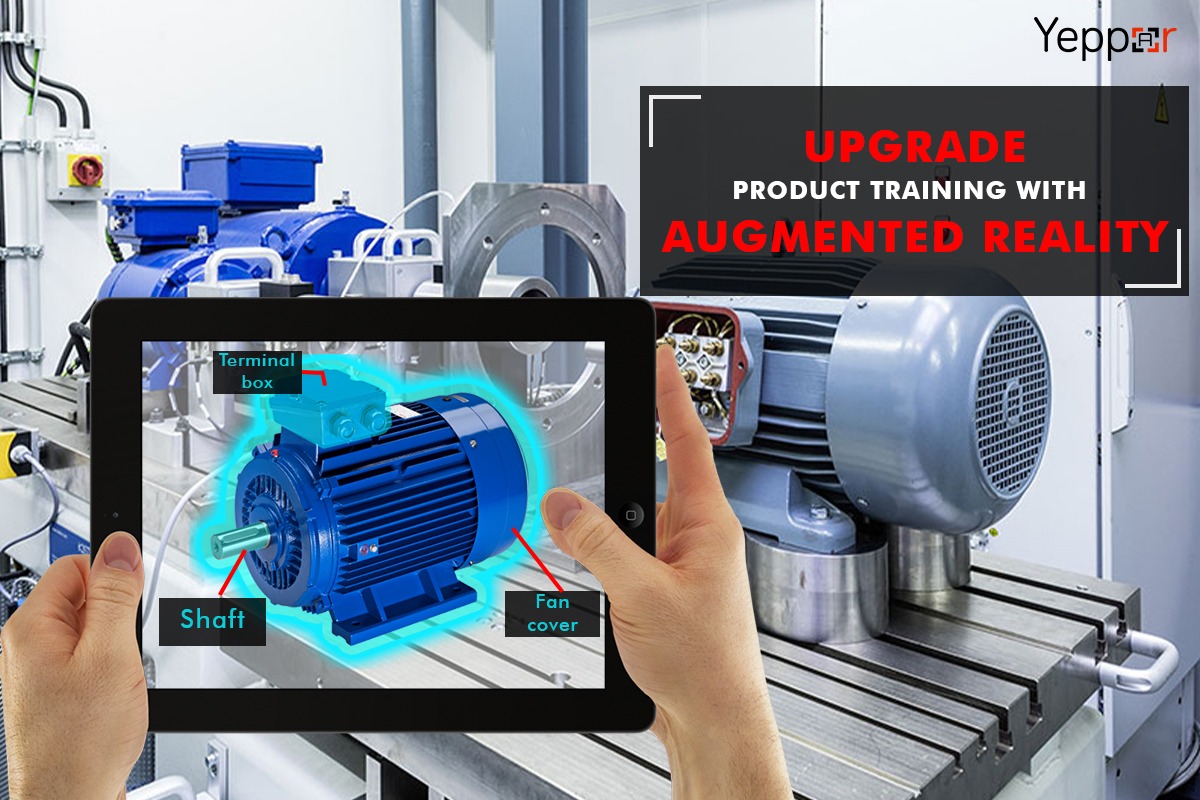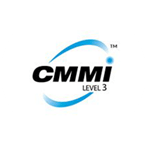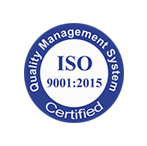
Digital technologies are replacing the conventional formats of industrial and professional training programs. Augmented Reality is one of those technologies evolving several industry standards and procedures. AR and VR (virtual reality) are emerging to be the technologies changing the trends with their futuristic abilities to improve the effectiveness of professional training.
There has been an invalid comparison between AR and VR training, as both of them are similar but differs in a number of key aspects. While VR is a completely digital environment, AR, on the other hand, blends in the real world with virtually superimposed information.
Value of AR Training
AR adds effectiveness and efficiency to the traditional formats of training by digitally enhancing information, upgrading what we see, and adding valuable information for better comprehension. It adds life to something that is stale and boring by visually enhancing it with easily understandable information.
For instance, assume that you are a retail employee newly appointed on field duty for a company and you have to sell a newly launched product which you are not so aware of. All you need is a smartphone to access to scan the product using the company’s dedicated app and get yourself immediately educated about the product to get going!
Considerable Use Cases
When you go for a learning program that is tech-driven, it got to be the perfect tech for the right purpose. You’ll get to know why AR product training is good-to-go for specific fields and situations.
#1 Installation & Maintenance of Machinery
Reading the instruction manual is pretty time-consuming while installing a machine or while repairing it, and can hinder the efficiency of the technician performing the task. The field technician might need to understand the mentioned steps and get an idea of the tools to assemble the parts.
AR product training solutions ease the task by overlaying virtual tutorials onto the machine to immediately instruct with visual demonstrations. The technicians could directly have access to the point-of-need step to perform and get his hands on the essential tools for the task while unassembling and assembling the piece of machinery. It would help them save time and improve work efficiency to improve the total productivity of the workforce.
#2 Health & Safety Training
Many industries consider safety training their top priority, why they must be. Work environments like manufacturing units are prone to hazards. With new employees added to manufacturing units, they have to go through meticulous training to stay safe in such hazardous working environments, so that they could avoid injuries and in some cases, death.
Manufacturing sites are always being upgraded, and their workforce needs to be continuously retrained to upskill and to ensure safety. Employers can provide easy-to-access health and safety training modules anywhere in the workplace on-demand with AR. With easily consumable information and comprehensive visual content, each member of the workforce could enhance safety and take care of their professionally, within their working environment.
#3 Medical Training
Healthcare is an ever-evolving sector and is very complicated. With every new disease discovered and virus outbreak, the professionals in this field need to come up fearlessly to fight and help society be safe and healthy. From treatments to policy changes, training is necessary to make a medical professional efficient to serve effectively.
Augmented reality helps deliver on-demand demonstrations to doctors and nurses to get educated on the administration of new drugs. The immersive visual format helps instruct and educate trainees to understand in-depth and consume knowledge to comprehend quickly.
With the outbreak of COVID-19, the best AR products companies have been offering the healthcare sector AR training modules to ensure safe and touch-free training programs, so as to follow the authorized guidelines of social distancing to reduce the risk of infection.
#4 Sales Training
A study found that the traditional sales training are proving to be less effective and relevant, even after it consumes a lot of time of the trainee’s time. The conventional formats of sales training are now considered to be passive, rather than interactive. For a sector where the professionals have to interact themselves, a training program not being so interactive would make no sense.
AR website providers develop immensely engaging training materials for the trainees to access on-the-go. These modules are always updated to keep up with the industry trends and changes in the company. Augmented reality can also deliver immersive product showcases to the sales team to reinforce their pitch to clients.
The Future is AR
AR is emerging to be one of the technologies, from which industries are expecting a lot to evolve. Augmented reality is on the rise, as statistics seem to show a rising number of users from 1.4 billion to 2 billion since 2019.
AR tech equips training modules to make it a subject of progressive learning towards real-time visual consumption of point-of-need information, to make it comprehensive and retainable. The tech just overlays valuable on-demand information on preexisting data to make a visual experience that could level up the learner’s comprehension.












